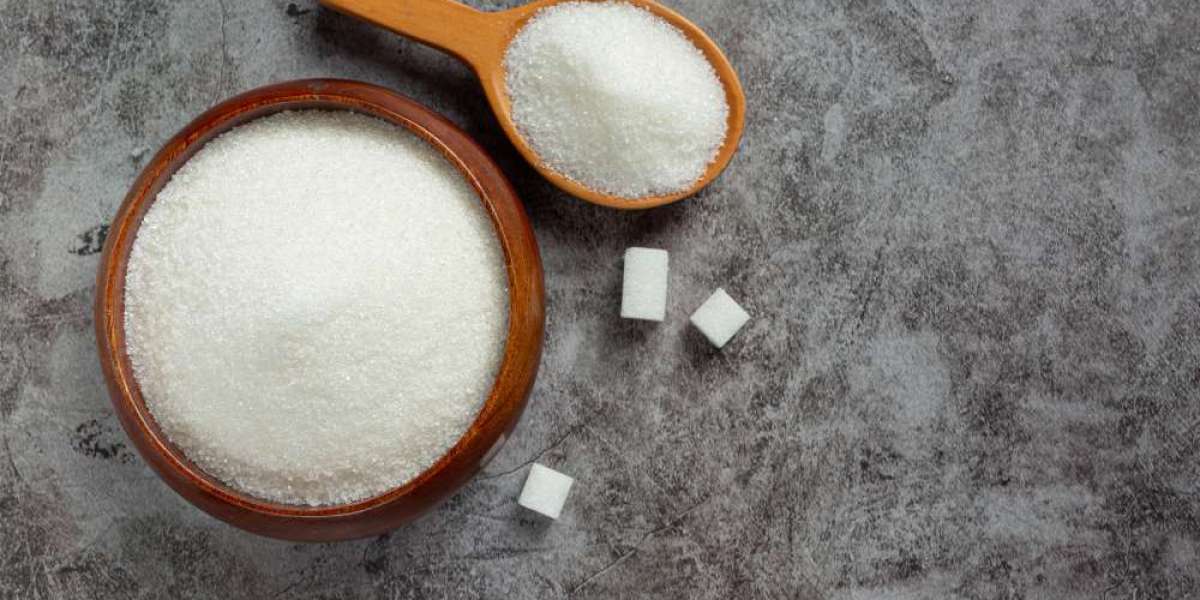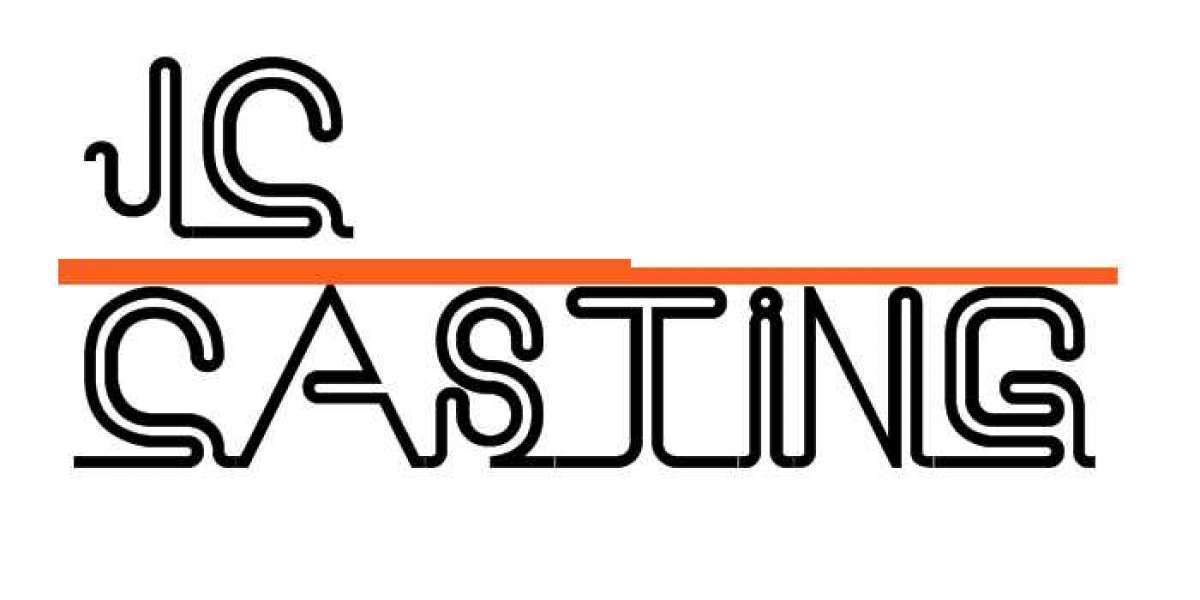In the fast-paced realm of commodities trading, sugar futures have emerged as a captivating and potentially profitable asset class. These futures contracts, offered by the Chicago Mercantile Exchange (CME), allow traders to speculate on the future price movements of sugar. However, engaging in sugar futures trading necessitates a well-informed approach and effective strategies. In this article, we'll delve into the dynamic world of CME sugar futures and explore strategies that can pave the way for success.
Introduction to CME Sugar Futures
1. Understanding Futures Contracts
Futures contracts are financial agreements that obligate traders to buy or sell an asset at a predetermined price on a specific future date. CME sugar futures enable traders to hedge against price fluctuations or speculate on the direction of sugar prices. This aspect of futures trading allows for strategic risk management and profit potential.
2. The Significance of Sugar Futures
Sugar, as a globally traded commodity, boasts a multitude of applications across industries. Given its diverse utility, the price dynamics of sugar are influenced by an array of factors, rendering sugar futures an enticing option for traders seeking to capitalize on price volatility. The value of sugar futures extends beyond mere financial gains, as they also provide insights into economic trends and supply-demand dynamics.
Factors Influencing Sugar Prices
1. Supply and Demand Dynamics
Central to the determination of sugar prices is the delicate equilibrium between supply and demand. Factors like adverse weather conditions, disease outbreaks, and geopolitical events can disrupt this equilibrium, causing significant price fluctuations. Monitoring these shifts is integral to effective trading.
2. Global Production Trends
The production of sugar is dispersed among various nations, each with its distinct set of challenges and opportunities. Changes in production levelswhether stemming from climate-related issues or technological advancementscan significantly impact prices. Traders need to stay attuned to these trends to anticipate potential market shifts.
3. Government Policies and Regulations
The influence of government policies and regulations on sugar prices cannot be underestimated. Import/export tariffs, subsidies, and trade agreements can substantially affect the supply and demand dynamics of sugar. Staying informed about these policy changes is essential for making informed trading decisions.
Getting Started with Sugar Futures Trading
1. Setting Up a Trading Account
Embarking on a sugar futures trading journey necessitates the establishment of a trading account with a brokerage that provides access to the relevant exchange. This process involves identity verification and funding the account with the initial capital.
2. Learning the Trading Platform
Acquainting oneself with the trading platform offered by the chosen brokerage is paramount. Proficiency in executing trades, analyzing price charts, and accessing real-time market news empowers traders to make well-informed decisions.
3. Risk Management Techniques
A cornerstone of successful trading is effective risk management. This entails implementing strategies such as setting stop-loss orders, diversifying one's portfolio, and only allocating a fraction of capital to each trade. These techniques mitigate potential losses and ensure longevity in the trading arena.
Fundamental Analysis in Sugar Trading
1. Monitoring Crop Reports and Forecasts
Vigilantly tracking crop reports and forecasts from major sugar-producing regions is vital. Unfavorable weather conditions or disease outbreaks can lead to reduced crop yields, subsequently impacting prices. Keeping a watchful eye on these developments allows traders to anticipate market shifts.
2. Studying Macroeconomic Indicators
A holistic understanding of macroeconomic indicators is pivotal in sugar trading. Variables like GDP growth, inflation rates, and currency fluctuations possess an indirect yet potent influence on sugar prices. Gaining insights into these indicators can aid in deciphering broader market trends.
3. Weather and Its Impact on Prices
Weather, often a wildcard in agricultural commodities trading, can exert substantial influence. Droughts, floods, and other weather-related events can disrupt supply chains, leading to heightened price volatility. Recognizing these patterns allows traders to adjust their strategies accordingly.
Technical Analysis for Sugar Futures
1. Using Price Charts and Patterns
Technical analysis involves the study of price charts and patterns to discern potential price movements. Recognizing chart patterns like head and shoulders, double tops/bottoms, and trend lines provides traders with predictive tools for decision-making.
2. Identifying Support and Resistance Levels
Identifying support and resistance levels is a fundamental aspect of technical analysis. Support levels indicate where an asset's price might reverse its downward trajectory, while resistance levels signify points where upward momentum could wane.
3. Incorporating Moving Averages
Moving averages offer valuable insights into price trends by smoothing out price data over a specified period. These averages help traders identify trends, potential entry or exit points, and shifts in market sentiment.
Developing a Trading Strategy
1. Day Trading vs. Swing Trading
Choosing between day trading and swing trading hinges on personal preferences and risk tolerance. Day trading involves multiple trades executed within a single day, while swing trading entails holding positions over several days or weeks.
2. Trend Following vs. Contrarian Approaches
Traders can opt for trend-following strategies, which involve aligning with the current trend, or contrarian approaches that involve going against prevailing market sentiment. Each approach has its merits, demanding careful analysis and strategic execution.
3. Diversification and Portfolio Management
Diversifying one's portfolio by allocating resources across various assets is a prudent risk management technique. Integrating sugar futures within an encompassing investment strategy bolsters the potential for stable returns.
Managing Risks Effectively
1. Setting Stop-Loss and Take-Profit Levels
To mitigate potential losses, traders utilize stop-loss orders, which automatically close a trade when the price reaches a pre-set level. Similarly, take-profit orders lock in profits by closing a trade when a predetermined profit target is achieved.
2. Calculating Position Sizes
Position sizing is a critical aspect of risk management. By determining the appropriate position size based on account size and risk tolerance, traders can avoid overexposing themselves to unnecessary risk.
3. Avoiding Overleveraging
While leverage can amplify gains, it also intensifies losses. Prudent traders avoid overleveraging, as it can lead to significant financial risks that may jeopardize their trading endeavors.
4. Emotions and Discipline in Trading
Emotions like greed and fear can cloud judgment and lead to impulsive decisions. Sticking to a well-constructed trading plan and maintaining emotional discipline are essential for consistent trading success.
5. Following a Trading Plan
A comprehensive trading plan outlines strategies, goals, risk management practices, and other crucial elements. Adhering to the plan helps traders maintain consistency and make rational decisions.
6. Learning from Mistakes
Losses are an inevitable facet of trading. Instead of dwelling on losses, successful traders focus on analyzing their mistakes, deriving lessons, and continually improving their trading strategies.
Staying Informed and Adapting
1. Continuous Learning and Education
The world of trading is ever-evolving, necessitating continuous learning and education. Staying updated with industry news, market trends, and emerging trading techniques enhances a trader's edge.
2. Adapting to Market Changes
Market conditions can transform rapidly. Successful traders remain flexible and adapt their strategies to suit changing market dynamics, ensuring their relevance and profitability.
3. Leveraging Technology and Data
In the digital age, traders can harness advanced tools, software, and data analytics to enhance decision-making accuracy and efficiency.
Conclusion
Engaging in CME sugar futures trading presents enticing possibilities for traders eager to delve into this dynamic market. By amalgamating fundamental and technical analysis, sound risk management, and emotional discipline, traders can position themselves for success in this exhilarating journey.
Source: https://penposh.com/blogs/34836/Trading-the-Sugar-Rush-Strategies-for-Success-with-Sugar-Futures








